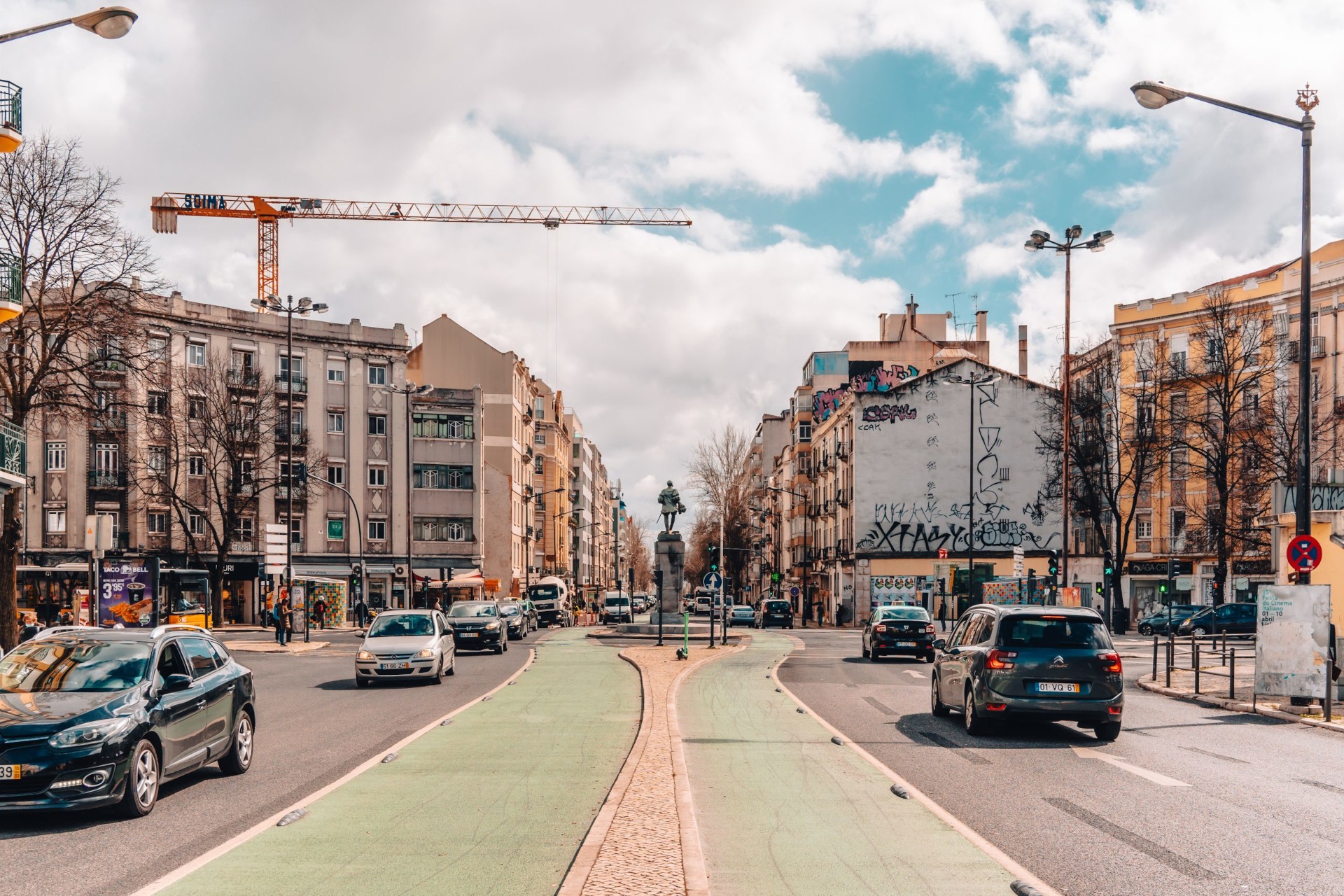Who was Almirante Reis, the name of this famous avenue?
Avenue Almirante Reis is known for multiculturalism, different experiences that come together there. But where does this mysterious name come from? Who was “Almirante Reis”?
This admiral, Carlos Cândido dos Reis, was born on January 16th 1852, in Lisbon. He became a militar at the early age of 17, when he voluntarily enrolled himself in the Army. He then became vice admiral. He had republican strong convictions, - an this is connected to him becoming a name in an avenue - and the tragedy of it.
Carlos Reis was a widow and a retired man in 1910. But at 1 am on the 4th of october, the day before the republican revolution in Portugal, he had a task in hand: to lead the navy so the revolution would triumph.
The vice admiral awaited the warships, but he didn’t find the ship he was waiting for. That was when he received the news that the revolution, that he so longed for, had failed. Meanwhile, it has been said that he found republicans on the way home who told him that nothing was happening in Lisbon. In the early morning, he was found dead: he had shot himself with a gun wound next to the hospital of Arroios.
The admiral never knew what actually happened: the warships did rebel. Sergeants and soldiers who were camping in the roundabout that is today known as Marquês de Pombal were able to end the monarchy. And actually his death was undercovered, so the revolution would go forward: the politician Machado dos Santos told his comrades that admiral Reis was leading the navy troops.
Another group of republicans went even further: in the newsroom of the newspaper A Luta, they printed a leaflet where it was announced that vice admiral Reis was moving forward with the troops. That wasn’t what happened, but without this maybe there wouldn’t have been a revolution.
He was one of the martyrs of the revolution, alongside Miguel Bombarda, the republican psychiatric doctor who was murdered by a patient on the 3rd of October. Admiral Reis was made eternal when an Avenue was made after him, the Avenue D. Amélia, a place where, between 1908 and 1910, republican gatherings and demonstrations took place.
Today, the avenue is this vibrant place, but whose story is so many times forgotten.

